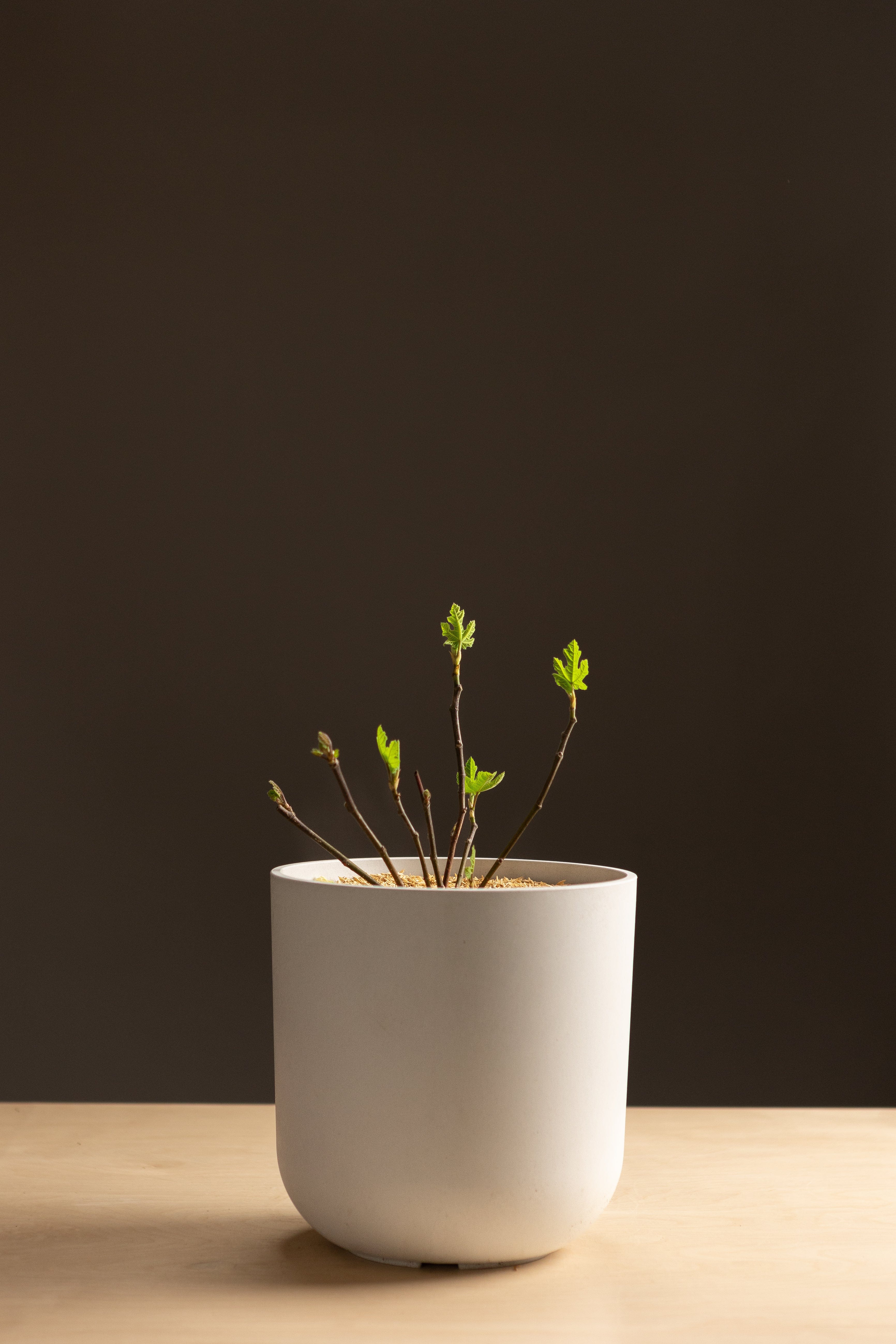





Fig
One of our few plants that grows well both outdoors and indoors (climate permitting), this miniature fig is a great option for small space or urban gardeners who are looking for something that will remain small, but produce fruit regularly. Maxing out at 28", it is happiest and will fruit best in warmer climates, but can easily finish off it's ripening season in your sunroom or sunny south facing window.
SELECT YOUR KIT

PLANT ONLY:
$0.00

POTTING ESSENTIALS KIT:
$69.99

COMPLETE GROWER KIT:
$154.99
Plant Only + Complimentaries


Fig + Potting Essentials Kit


Fig + Complete Grower Kit


DO YOU WANT TO INSURE YOUR PLANTS?
Get plant insurance to guarantee a free replacement plant if yours dies within the first year. Read more about plant insurance here..

Where do I grow best?
How to care for me:

Self-Fertile

Full-Sun

Water

Soil Nutrients

Dormancy

Harvest

Pruning

Pests and Disease
Growing in Less Ideal Climates
While the region indicated on the map above specifies where this plant grows best, the virtue of growing plants in pots is that, with a little elbow grease, you can create your own environment. These are our tips for anyone attempting to grow alpine strawberries in other climates.

Colder Regions

Hotter Regions
